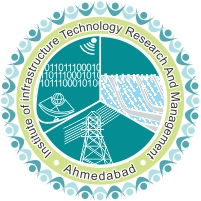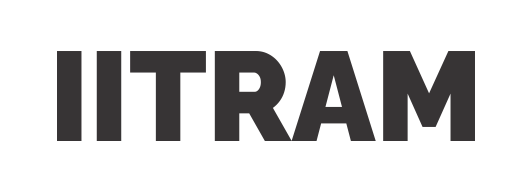Assessment of Government Policies, Current Practices, Challenges, Research, Standards, and Scope for Dissemination of Box-Type Solar Cooker in India
Authors :- A Redekar, D Deb, S. M. Muyeen
Publication :- Energy Science & Engineering, 2025
Addressing the demand for cooking energy is crucial in developing countries, particularly as populations rise and natural resources decline. Abundant and freely accessible solar energy offers a promising solution to this challenge. Despite the global development of various solar cooking devices, BTSC has not achieved the anticipated level of popularity. This study aims to explore the factors hindering the adoption of BTSC and to discuss how these findings can inform the design of future BTSC models, focusing on four key areas. These include proposing innovative design features to align with the Indian lifestyle, identifying opportunities in nonurban areas, and providing commercialization strategies. The evaluation relies upon the Weight-decision method, results of ethnographic study, potential user analysis using qualitative techniques, and an assessment of commercialization strategies by examining feasibility. The study highlights the need for hybridizing the BTSC by incorporating features such as active tracking, a secondary heating source (battery or grid-operated heating coil), and self-power generation through thermoelectric conversion to increase user acceptance. nonurban users-including those in semi-urban, rural, tribal, nomadic, and trekking communities-demonstrate suitability for efficient solar cooker use. The continued subsidy by the Haryana government has crucially promoted BTSC adoption. Additionally, 30 out of 34 states fall within the high radiation zone, indicating favorable conditions for the adoption of BTSC. However, the assessment also reveals a limitation in the new design related to indoor cooking. These design features should be incorporated into the prototype in the future.

